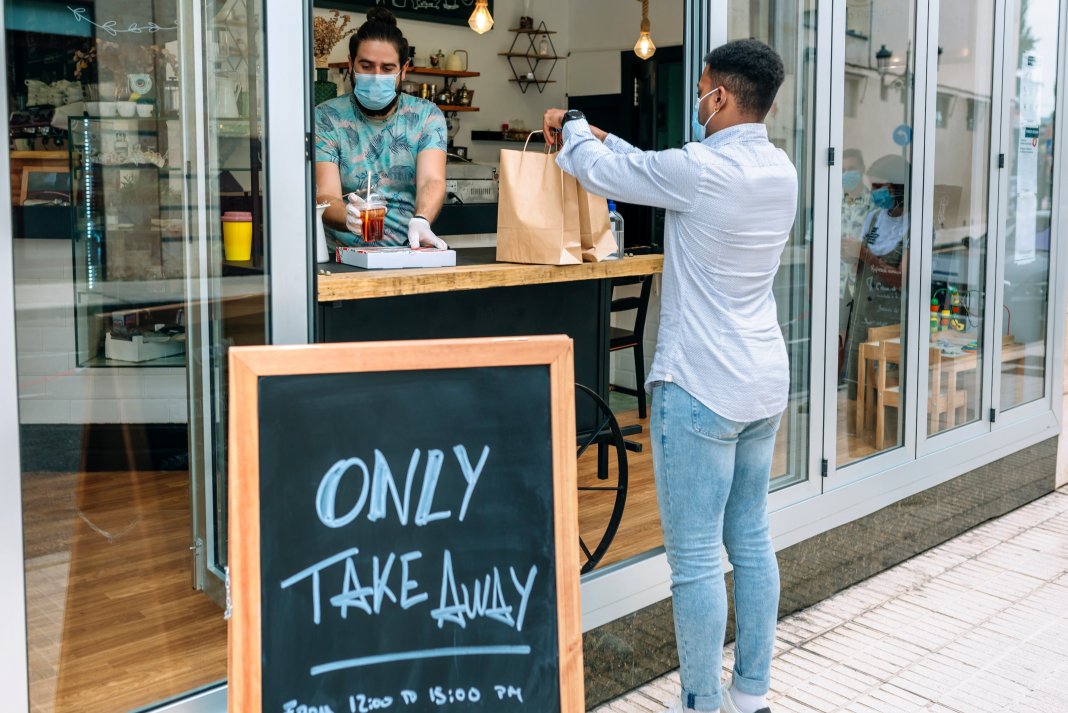We can both applaud and decry the internet for the effect it has on our day-to-day lives. No-one can deny the world wide web has dramatically changed our lives, from how we work and how we live, to what we eat.
In some ways the internet is like a wardrobe that contains a lion, a witch, and a burger and large fries – like it or not, you’ll end up eating the burger and fries eventually.
Ironically there is an interesting parallel between the New Testament bible and the newer testament internet.
The first recalls how Jesus miraculously fed 5,000 with five loaves and two fish (4,000 if you prefer the gospels of Mark and Matthew, but that’s splitting hairs).
The second, gloriously illustrated by the rise and rise of Uber Eats and My Food Bag, has similarly facilitated miraculous growth in the feeding of the masses – in the Western world at least.
I prefer the loaves and fishes variant – no credit card needed, no added preservatives and le poisson was pretty much mercury-free, yet still loaded with Omega3 – just saying.
Food miracles have gone mainstream. Order food on the internet via your really-smart phone and ‘hey presto’ it arrives at your house, hot(ish) and ready to eat – and here’s the clincher – sans dirty dishes to do.
How has fast food become ubiquitous?
Putting “fewer dirty dishes” aside, how has fast-food become so ubiquitous? A key to the success is the speed. This food is fast. You can be eating a three-course meal within seconds of ordering without even getting out of your car – now that’s progress!
By comparison consider the slow food movement – sorry France, but that’s just ridiculous; Get with the programme! Progress is speed and deep-down we all want to be progressive – don’t we?
Indeed, watching a recent episode of My 600 Pound Life, I wondered how one would possibly rack up such extraordinary caloric input fast enough if one couldn’t source fried chicken instantly – imagine if you actually had to kill the chook, pluck it, stuff it, crumb it and cook it before you could eat? – way too slow methinks, that’s not progress.
But is the average modern consumer more discerning when it comes to what he or she stuffs in his or her gob compared to the somewhat pedestrian paleo tastes of our ‘loaves and fishes’ predecessors of year zero?
Consider the equivalent modern-day providers of fishes and loaves: Old MacDonald doesn’t even have a farm – he now has a complex supply chain and an extensive global real estate portfolio.
As for the colonel – don’t be taken in by the white goatee and western bow tie – he has an ultra-secret recipe involving 12 ‘potentially’ genetically modified herbs and spices – we’re never really going to know the true GMO status, cos they’re secret.
Yup, we’re in safe hands.
Which brings me to now: What is the single most significant difference identified by Kiwi’s between Level 4 lockdown and Level 3? Access to fast food of course. No contest. Slam dunk.
Payment – contactless. Nutritional value – who cares? Dirty dishes – none.
Now that really is progress.












